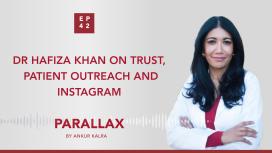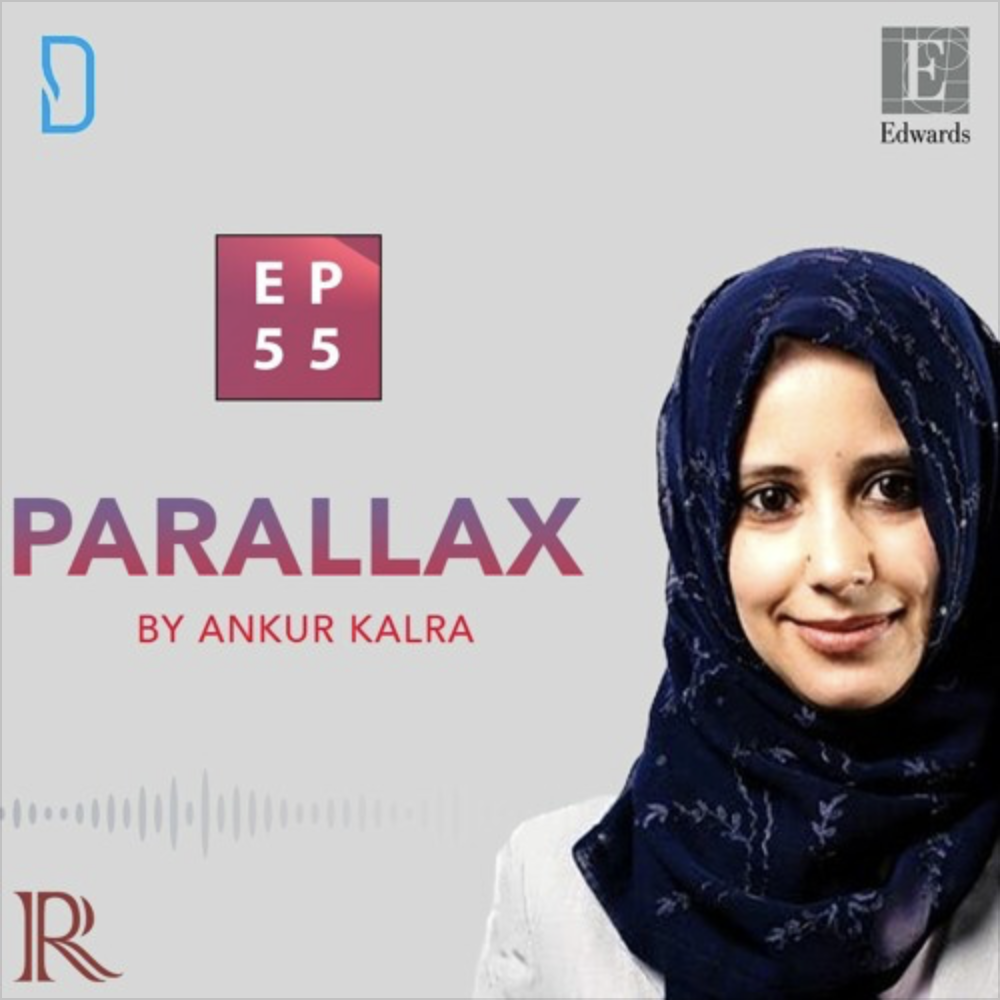
In the second ESC 2021 episode of Parallax, Dr Ankur Kalra’s guest is Dr. Mirvat Alasnag, interventional Cardiologist and Director of Catheterization Laboratory at the King Fahad Armed Forces Hospital (KFAFH) in Saudi Arabia. Dr Alasnag was a programme committee member at this year’s ESC and regional PI of one of the late-breaking trials presented.
Ankur invites Mirvat to review the interventional cardiology highlights of the congress. Mirvat summarises the background and latest evidence from the trials and their importance. Ankur and Mirvat discuss the strategies they apply currently and how they think the novel data will guide their decision-making.
Trials covered in detail include:
STOPDAPT-2 ACS: one-month dual antiplatelet therapy followed by clopidogrel monotherapy in acute coronary syndrome
TOMAHAWK: immediate angiography after out-of-hospital cardiac arrest
ENVISAGE-TAVI AF: edoxaban vs. vitamin K antagonists after TAVI in patients with atrial fibrillation
RIPCORD 2: does routine pressure wire assessment influence management strategy of coronary angiography for diagnosis of chest pain?
MASTER DAPT: dual antiplatelet therapy after coronary stenting in high bleeding risk patients
Questions and comments can be sent to “podcast@radcliffe-group.com” and may be answered by Ankur in the next episode. Guest @mirvatalasnag hosted by @AnkurKalraMD. Produced by @RadcliffeCARDIO.

Brought to you by Edwards: www.edwardstavr.com
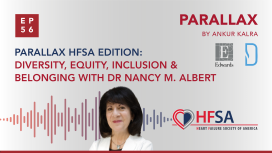
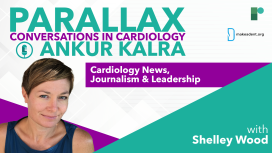
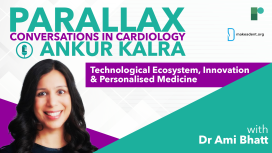

They talk about AI assisted consultation, learning pathways incorporating simulators for early career practitioners and the Flying Eye Hospital. Dr Cherwek shares his experiences about working with local teams globally and the work that goes into setting up trials across the world.


Dr Ankur Kalra’s guests this week are Dr Martha Gulati, internationally recognized cardiologist specializing in Women and Heart Disease, Heart Disease Prevention and Dr Devesh Rai, first year cardiology fellow at Rochester General Hospital.

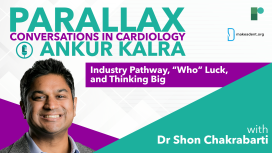
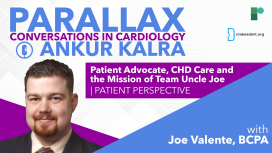

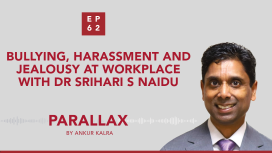

Parallax’s guest this week is Dr Eric David Adler, Medical director of heart transplant and mechanical circulatory support at UC San Diego Health.

How did Dr Gragossian receive her diagnosis? How does she feel about her new reality? What drives her? What is her message to our listeners?
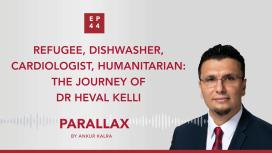
Just after 9/11, Heval, the 18-year-old Syrian Kurdish refugee found a job as a dishwasher. At this point, he was the sole provider of his family. The pressure that comes from being poor did not leave him for many years. Today, he is firm believer in giving back to underserved communities by spreading awareness within the medical community. As he says, well-meaning people of privilege are sometimes afraid to act. What we need is more people to bridge the gap and find ways to help each other.
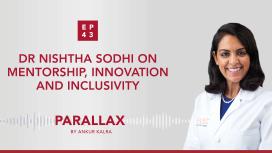
What drives Dr Nishtha Sodhi? What were the formative moments of Dr Sodhi’s career? What are the new frontiers of cardiology?
